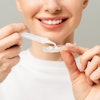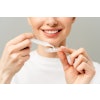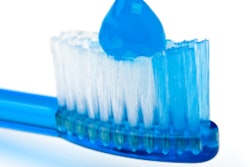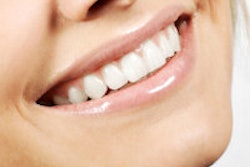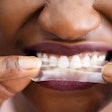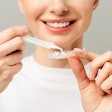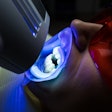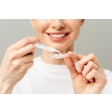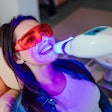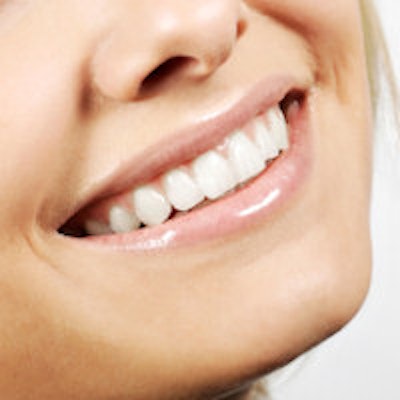
Three different studies examined the efficacy of teeth-whitening products in various delivery modalities, and the results were presented at the recent 2013 International Association for Dental Research (IADR) meeting in Seattle.
One study tested a new whitening dentifrice, while two others compared take-home and in-office systems and two common in-office whitening products, respectively. There were clear winners in all of them.
In a comparison study of Zoom WhiteSpeed (Philips) and Opalescence Boost (Ultradent), researchers from Philips and the Center for Dental Research at Loma Linda University split 136 subjects with A3 or greater Vita Classical shade into two groups (n = 68) and randomly assigned one product or the other to the subjects to use.
Using L*a*b*(Vita EasyShade) and Vita Bleachedguide 3D-Master, the researchers measured the baseline, postbleaching, and day-seven scores of the participants after their respective product was used as directed. Study participants also responded to a tooth sensitivity questionnaire and underwent an oral tissue examination to gather safety data.
"Compared to baseline, both regimens were effective in whitening teeth (p < 0.001)," the researchers wrote. "For between-treatment comparisons, the median ΔE [color change] for Zoom WhiteSpeed was greater than Opalescence Boost for postbleaching (p < 0.001) and day 7 (p = 0.006)." In the comparison of Vita Classical shade and Vita Bleachedguide, shades were also greater for Zoom WhiteShade than Opalescence Boost, they added.
The study was funded in part or entirely by Philips Oral Healthcare, the researchers disclosed.
In-office vs. take-home whitening
Meanwhile, researchers from the department of endodontics and restorative dentistry at the Peking University School of Stomatology and the Eastman Institute for Oral Health compared the efficiency of take-home and in-office whitening products.
They separated 30 third molars into three groups and stained them with coffee and a tea and fruit juice mixture: one with the enamel exposed, one with pulpal dentin exposed, and the last with both exposed. Afterward, the teeth were cleaned and had their color subsequently assessed with a spectrophotometer.
The teeth were then sectioned into mesiodistal halves and assigned to an in-office or take-home treatment group. In this phase, each group received treatment sessions until the desired A1 shade was reached: The in-office group was treated for 12 minutes each while the take-home group received six hours of treatment. Along the way, the researchers compared ΔE values after each session.
The desired treatment effects were reached after two sessions of in-office and six sessions of take-home treatments, the researchers noted. "In-office whitening was far more efficient and required much less time (24 minutes) than take-home whitening (36 hours) in reaching the desired treatment effects in vitro," they concluded.
Dentifrice with blue covarine
Finally, researchers from Unilever Oral Care and the University of Liverpool tested the whitening effects of a new dentifrice that has a silica base and contains fluoride and blue covarine (BC) against a silica-based control with no BC.
They placed extracted, cleaned human incisors and premolars into sterile saliva for two hours, then rinsed them and measured their color using a Vita Easyshade spectrophotometer and a Minolta CR321 colorimeter. The researchers then brushed the teeth with either the control or experimental dentifrice, rinsed the teeth, and remeasured their color.
"Statistical analyses showed that the BC-containing toothpaste gave a highly significant reduction (p < 0.0005) in tooth yellowness, an increase in tooth whiteness, and improvement in tooth shade compared to the control," the researchers concluded.

